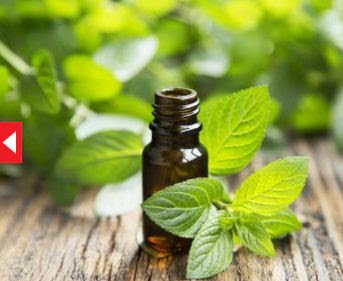Psyllium
What is psyllium?
Odourless and virtually unappetizing, psyllium originates from the little seeds of the Plantago psyllium plant. Also called the plantain, it should not be puzzled with the edible banana-like fruit of the exact same name or with the natural herb plantain. Numerous types of the plant are made use of in natural medicine. These seeds are typically dried out, ground and even marketed in powder or pill type.
What psyllium does
When mixed with water, the coarse, mucilage-covered husks of psyllium seeds form a gel-like mass that soaks up excess water from the intestinal tracts as well as creates larger, softer feces. Psyllium helps reduced cholesterol by binding to cholesterol-rich bile in the digestive system, causing the body to attract cholesterol from the bloodstream.
As a low-cost source of soluble fiber, it's especially ideal for those people who don't consume enough fibre-rich foods, such as whole grains (oats are especially abundant in soluble fiber), beans, fruit and vegetables.
Benefits of psyllium
Psyllium can help stabilize digestive tract function in a variety of problems, consisting of irregularity, diarrhea, diverticulosis, hemorrhoids as well as cranky bowel disorder. It does so by a single mechanism: water absorption, which provides mass to and softens stools, making them less complicated to pass.
Psyllium has been reported to have a calming impact on those with cranky bowel disorder and even is currently taken into consideration an integral part of therapy. In people with diverticular condition (small pockets in the intestine's lining catch fecal fragments as well as come to be susceptible to infection), psyllium bulks the stools and speeds their passage with the intestine, assisting relieve the problem. Psyllium's capability to absorb huge quantities of excess water from loosened feces is an effective therapy for diarrhea.
The best ways to take psyllium
- Psyllium is offered in the list below types: seeds, powder, capsule, hulls or husks, oral liquid.
- To treat irregularity: The dose of a psyllium product depends on the focus of soluble fibre in the item. Review the bundle carefully to determine the correct dose of your psyllium product. A normal dose is about 3.5 grams one to three times a day. Do not go beyond advised dosages; taking larger quantities of psyllium can lower your body's capability to absorb specific minerals.
- Liquify psyllium powder in at the very least 150 millilitres of water (or juice), consume it promptly and afterwards drink an additional glass of water or juice. Along with this liquid, drink 6 to 8 glasses of water a day. Without great deals of fluid, it is possible to create a digestive tract blockage. Take psyllium 2 hrs or even more after taking medicines or other supplements so it doesn't inhibit the absorption of the medications. Take with dishes and even prevent dosages at going to bed.
- Feasible side effects include short-term bloating as well as increased flatulence as a result of increased fiber; stay clear of these issues by slowly raising psyllium consumption over numerous days.
- Relief of constipation typically occurs within 12 to 1 Day, yet it can take as long as three days. If irregular bowel movements or looseness of the bowels do not alleviate within three days, consult your doctor.



